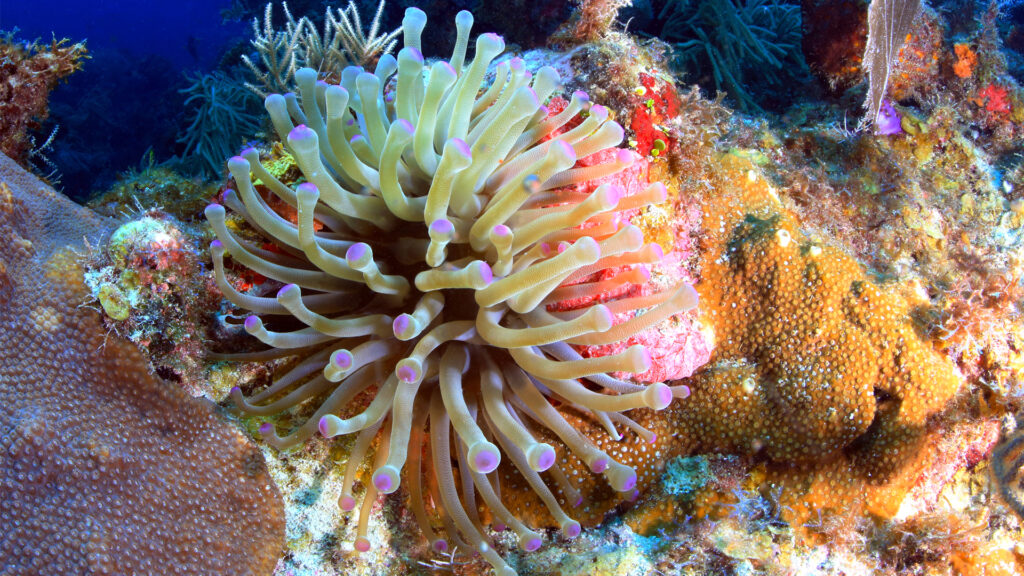By Ariel Santiago, Conservatives for Responsible Stewardship
If you ever have the chance to dive into the vibrant, bustling underwater paradise of the Florida Keys National Marine Sanctuary, take it. And if that opportunity doesn’t come to you — create it. This stunning sanctuary is home to more than 6,000 species and is an important driver of our Southeast Florida economy.
Yet, despite its beauty and importance, a healthy future for Florida’s coral reefs is far from guaranteed. That’s why the recent announcement about the Restoration Blueprint out of the Florida Keys National Marine Sanctuary is so important.

For the first time since 1997, the Sanctuary is updating its regulations, marine zones and management plan — a critical opportunity to safeguard these resources. This plan will provide additional safeguards for the Sanctuary’s reefs, seagrass meadows and island habitats, which draw visitors from around the globe and make up the lifeblood of Monroe County’s economy.
A management plan may seem like an esoteric thing to celebrate — but these new protections couldn’t come soon enough. We’ve lost 90% of our corals. Anglers are struggling to catch the same sportfish they once celebrated. And despite drastic environmental changes, increased user pressure and emerging threats across the Sanctuary, we’ve had management status quo for the better part of the last two decades.
This matters to the people of South Florida, those who live and visit the incredible coastlines and barrier islands of the Florida Keys. Locals have watched their precious reefs disappear and fish populations decline. They’ve watched as pollution has plagued nearshore waters and seagrasses have died off.
Generations of us have grown up fishing in the Keys. And we know that the backbone of our economy is a healthy ocean. It is such an economic driver in the Florida Keys that the Sanctuary supports about 43,000 jobs and contributes an estimated $4.4 billion annually to Florida’s economy.
Adding new protections to this area is critical to keeping these traditions and the species that live there alive. In fact, 80,000 public comments were received in phases from conservationists, researchers and the collective voice of the public, many calling for urgent action.

As a representative of Conservatives for Responsible Stewardship and its more than 11,000 Florida members, we stand with the hardworking anglers, hospitality workers, tour guides and Florida Keys families urging the agencies that have authority over this Sanctuary — Monroe County, the Sanctuary, the Florida Fish and Wildlife Conservation Commission, the National Oceanic and Atmospheric Administration, and the Florida Department of Environmental Protection — to implement protections that can help restore it. Now is the time to embrace compromise and honor the hard work that shaped this balanced proposal.
Gov. Ron DeSantis has shown leadership by investing historic amounts in Florida’s coral reef tract and Everglades restoration. We have faith that he will protect this community and maintain that commitment to safeguard the unique and irreplaceable resources of the Florida Keys when this common-sense Restoration Blueprint reaches his desk.
Ariel Santiago is Florida representative for Conservatives for Responsible Stewardship. Banner image: A diver explores the reef at Florida Keys National Marine Sanctuary (National Marine Sanctuaries, Public domain, via Wikimedia Commons).
Sign up for The Invading Sea newsletter by visiting here. To support The Invading Sea, click here to make a donation. If you are interested in submitting an opinion piece to The Invading Sea, email Editor Nathan Crabbe at ncrabbe@fau.edu.



